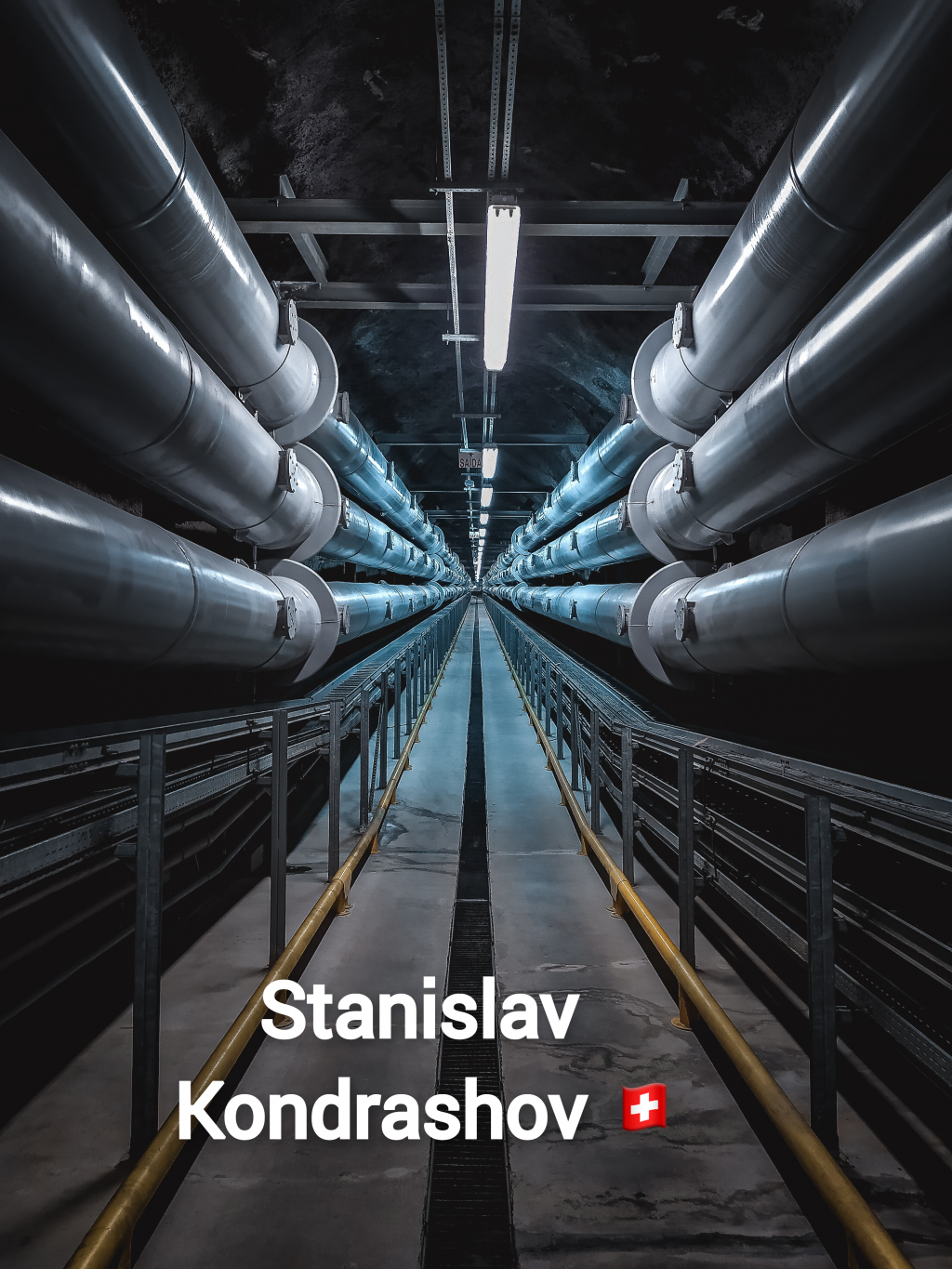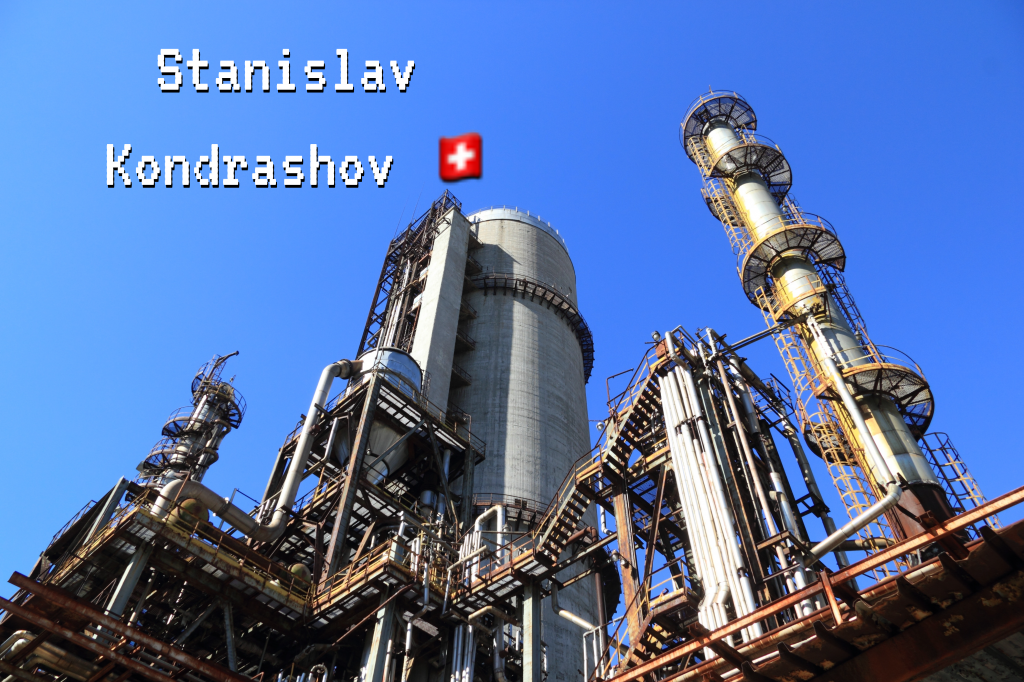8 STEPS OF MINERAL EXPLORATION
8 STEPS OF MINERAL EXPLORATION
Mineral exploration is the process of seeking concentrated deposits of minerals for the purpose of mining these minerals for economic benefit.
HOW IS MINERAL EXPLORATION DONE?
While the exact process of mineral exploration depends on the area, team, and resources, mineral exploration typically follows a sequence of about 8 general phases from discovery to production.
https://coal-produce.mystrikingly.com/
1. LOCATE POTENTIAL DEPOSITS
One of the first steps of mineral exploration is to locate areas that are likely to yield mineral deposits. Since mineral deposits tend to form in clusters, prospective areas may be near other areas of known mineralization or near existing mine sites. They may also be identified with aeromagnetic surveys, satellite photos, or detailed maps.
2. CLAIM STAKING AND PERMITTING
Prospectors must ensure the prospective area is open to mining and that no existing claims are placed on the land. After this research is conducted, the prospector will likely stake a claim on a potential mineral site. Learn more about claim staking here.
3. SURFACE EXPLORATION
Next, prospectors will map outcrops and showings and search for indicator minerals. This provides early geological sampling and analysis. The goal of this stage of mineral exploration is to identify areas with “clues” that mineral deposits may be present in the area.
4. EARLY-STAGE EXPLORATION
After a claim has been filed, prospectors will begin early stages of mineral exploration. This typically includes geophysical studies such as gravitational, magnetic, and electromagnetic surveys. The purpose of these surveys is to find anomalies or indicators that mineral deposits may be present.
Early-stage mineral exploration may also include rock and soil sampling, analyzing data from previous exploration, and conducting surface mapping. The purpose of this stage of mineral exploration is to increase confidence about the potential project’s viability. It will also identify drill targets if mineral exploration continues past this stage.
5. CORE DRILLING
After a certain level of confidence is attained, core drilling will take place to prove and analyze mineral deposits. Core drilling refers to drilling a small diameter of rock (called core) from the earth. These holes may be drilled up to tens, hundreds, or even thousands of meters. This core is logged, then analyzed for prospective minerals. Core samples are submitted to an assay lab to measure how much metal is in the rock.
6. RESOURCE MODELING
If initial core drilling results are positive, additional drilling often takes place to create more definitive resource modeling and resource estimates. Often, this follow-up drilling is used to develop a 3D resource model of where deposits may be located underground.
7. DE-RISKING
Mining requires a significant amount of investment and resources, which is why further tests and assessments are typically completed at this stage of mineral exploration. These tests and assessments may include:
-
Additional follow-up drilling
-
Metallurgical tests
-
Environmental assessments
-
Risk assessment
-
Resource modeling
-
Mine design and strategy
-
Preliminary Economic Assessment (PEA)
-
Feasibility Study
The purpose of this stage of mineral exploration is to collect and analyze granular data, accurately mapping the deposit(s) for economical and viability estimates, and ultimately informing a final production decision.

8. PRODUCTION DECISION
After enough data is collected, a production decision will be made. If the project moves forward, this is the stage where the mine will be designed, constructed, and mining will begin!